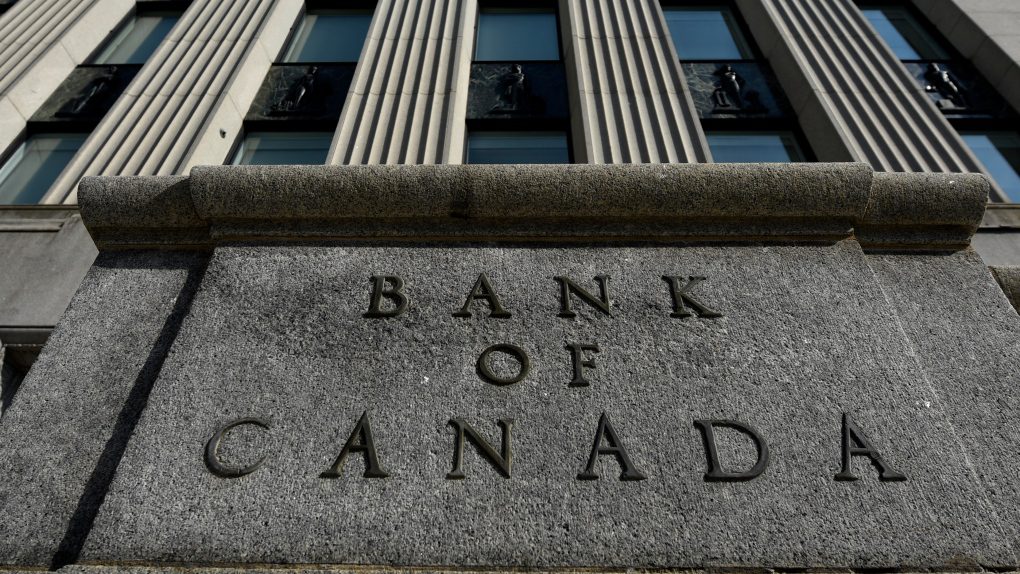Global Courant 2023-04-26 23:01:15
OTTAWA –
The Bank of Canada considered raising interest rates earlier this month, fearing it would be too slow to react to continued inflation.
In the summary of the deliberations released Wednesday, the central bank says its board is considering another rate hike. The main arguments for another rate hike were the resilience of economic growth, potential challenges to bring inflation down from three to two percent and the risk of waiting too long to react to stubborn inflation.
While the central bank appears confident that inflation will fall to 3% by mid-year, it remains concerned that the return to 2% inflation may take longer as the cost of services remains high.
Finally, on April 12, the Bank of Canada kept its key interest rate at 4.5 percent and decided to wait for more economic data to determine whether rates should rise further.
The Governing Council agreed with this decision to maintain the target for overnight interest rates at 4.5 percent and continue to assess whether monetary policy is sufficiently restrictive to bring inflation back to the target of 2 percent. Bank of Canada.
The Bank of Canada announced earlier this year its intention to pause its aggressive cycle of rate hikes, noting that it does not expect to raise rates again unless inflation and the economy get hotter than expected.
The decision to hold base rates was supported by the broadly unchanged growth and inflation outlook and signs that demand, inflation and the labor market will ease in the coming quarters.
At the time of the interest rate decision, inflation had fallen to 5.2 percent in February. The most recent data shows that inflation in March cooled further to 4.3 percent.
While the potential challenges ahead didn’t prompt the Bank of Canada to raise interest rates, it left the door open for more rate hikes and warned in its latest decision that Canadians should not expect rate cuts this year.
“The implicit expectation in the market that we will cut our policy rate later in the year does not seem to us to be the most likely scenario today,” Macklem said at a news conference on April 12.
The decision to hold the key interest rate comes as the economy has gotten hotter than expected. That’s despite the Bank of Canada’s key interest rate standing at its highest level since 2007, making borrowing more expensive for Canadians and businesses.
After zero growth in the fourth quarter, the Canadian economy appears to be recovering in the first quarter. Real gross domestic product grew 0.5 percent in January and Statistics Canada’s preliminary February estimate suggests growth of 0.3 percent that month.
The labor market is also robust and companies continue to hire. The unemployment rate in Canada remained at 5 percent in March and hovered around a record low.
While the jobs added in recent months may seem puzzling, economists have noted that strong population growth explains some of the strength in the labor market.
The Bank of Canada also made that clear in its summary of deliberations.
“In this context, strong hiring rates in the Labor Force Survey in recent months may not have been surprising. With faster population growth, employment growth could be stronger than historical trend without exacerbating labor market tightness,” said the Bank of Canada.
This report from The Canadian Press was first published on April 26, 2023.




